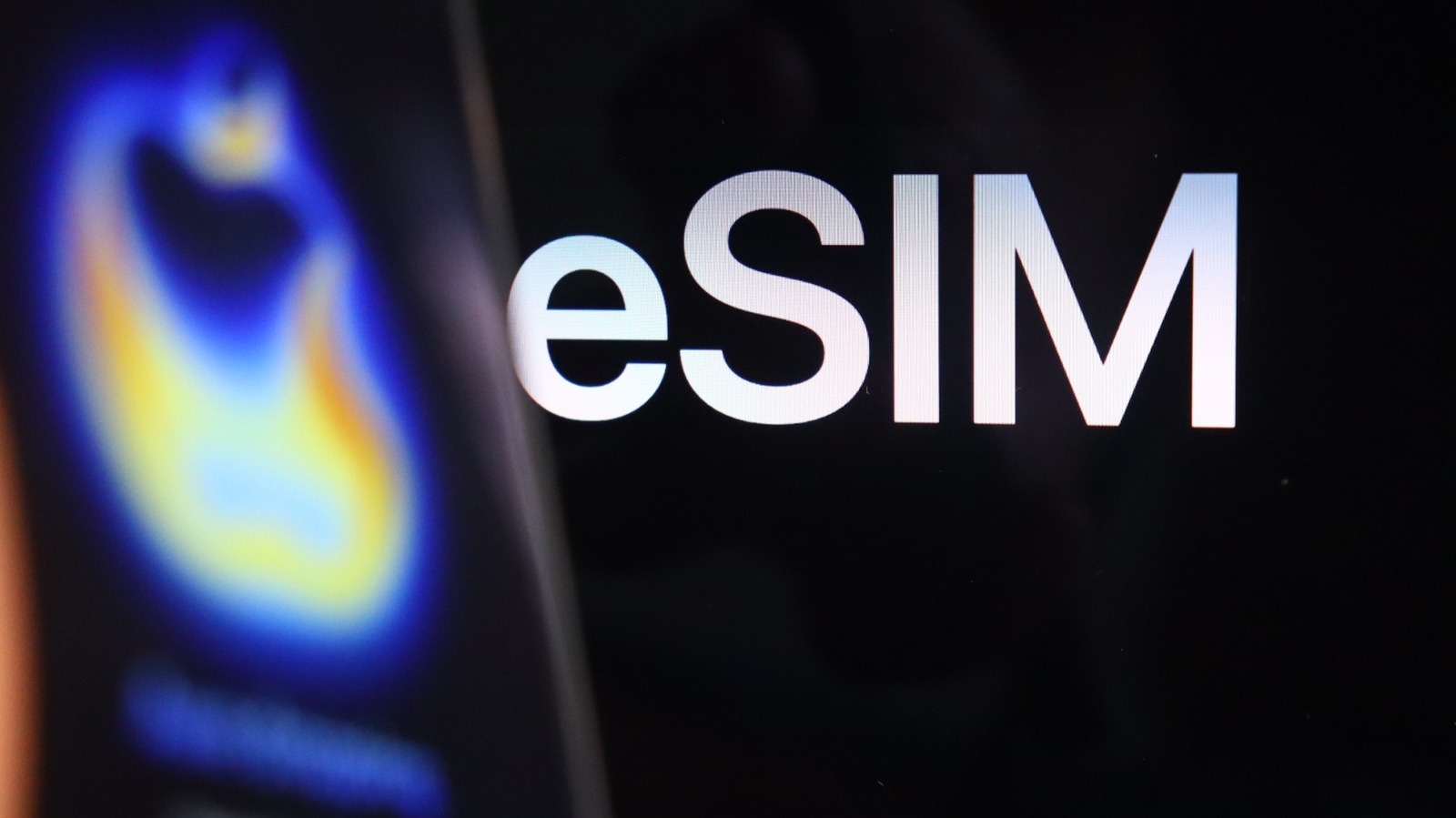PRESCRIPTION MAIL-BACK PROGRAMS WORK
 |
In 2007, USPS joined the University of Maine’s Center on Aging to start a first-in-the-nation pharmaceutical return-by-mail program . The plan provided consumers with free merchandise return envelopes to mail old or unneeded medications to the Maine Drug Enforcement Agency for safe disposal.
The one–year program launched in early 2008. A year later, 150 pharmacies in all 16 of Maine’s counties were distributing the return envelopes. The state received more than 244,000 over–the–counter and prescription drugs.
This month, Maine’s Center on Aging released a report stating that without the program, 83 percent of the drugs returned during its first year — about 1,800 pounds — would have entered the state’s landfills and water supplies. The report concluded the program could serve “as a model for future use nationally by other organizations and states.”
Based on these results, the Maine program has been extended through 2010.
A report published by the American Association of Retired Persons (AARP) discusses the Maine program’s success and also focuses on the growth of prescription drug use and the disposal problems such growth create without solutions like mail–back programs. A decade ago, more than $1 billion worth of medicine was discarded each year. Since then, according to the report, pharmaceutical purchases in the U.S. have increased 72 percent. “Today, the average American takes 12 different prescription drugs each year, with more than 3.8 billion prescriptions purchased annually,” said the AARP report.
The Maine program is being followed by a second mail–back project. This time, USPS is working with the Veterans Administration (VA). Announced two months ago, the pilot project offers a prescription mail–back option to more than 780,000 veterans living in Washington, DC; Baltimore, MD and West Virginia. Using specially designed, postage-paid envelopes inserted in prescription fulfillment packages, veterans are sending unused medications to the VA for safe disposal.








.jpg)


.jpg)